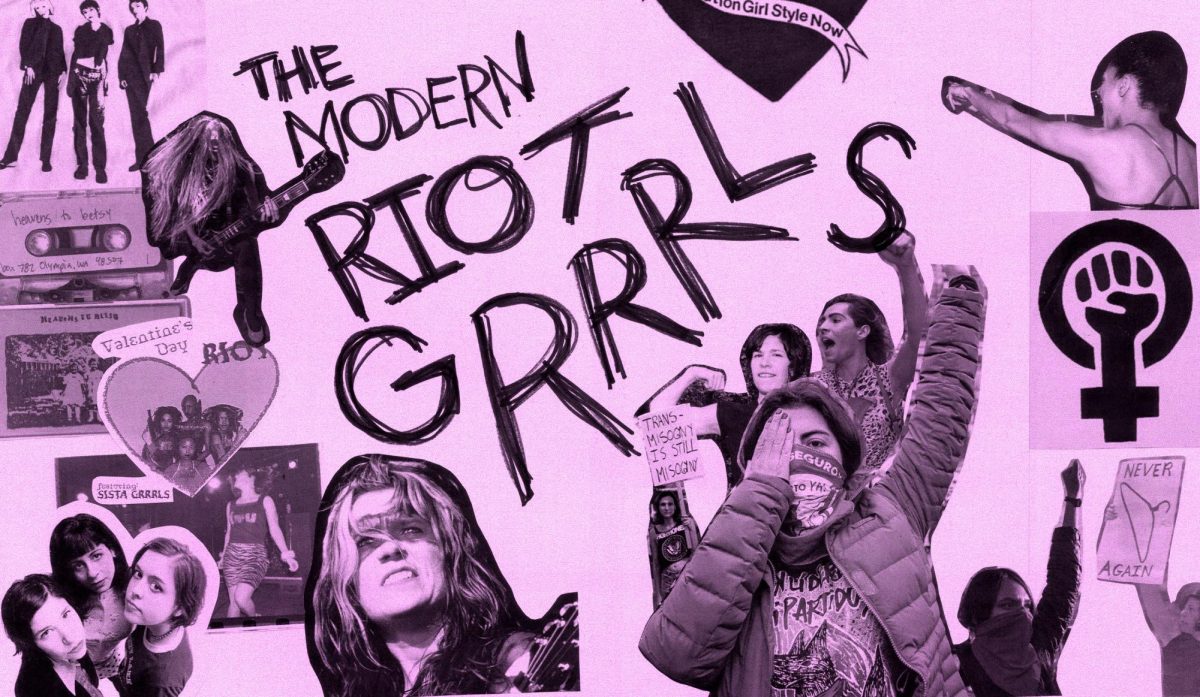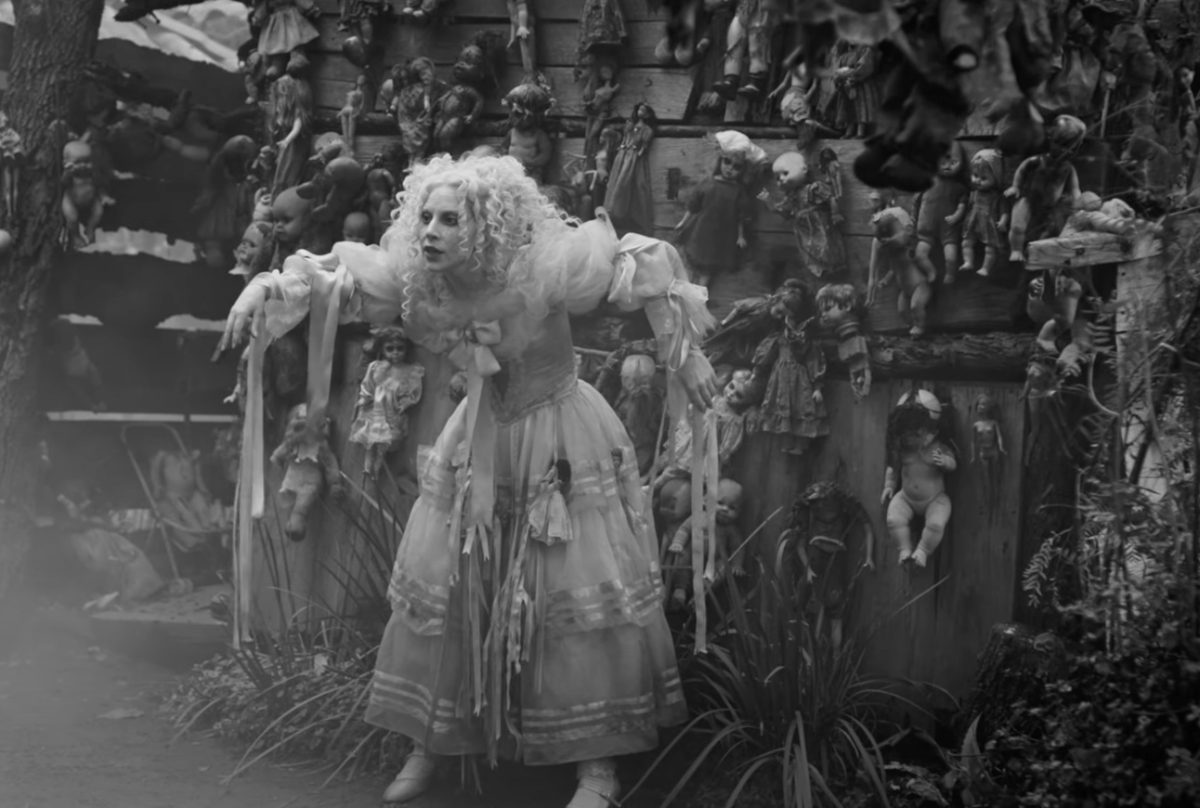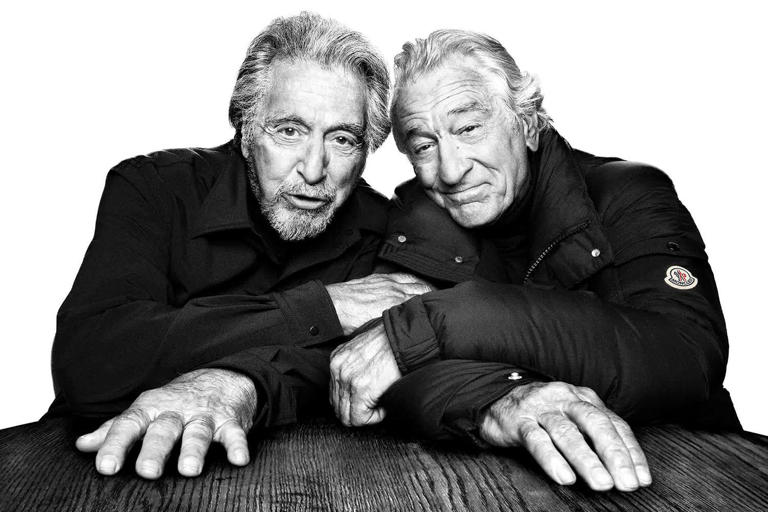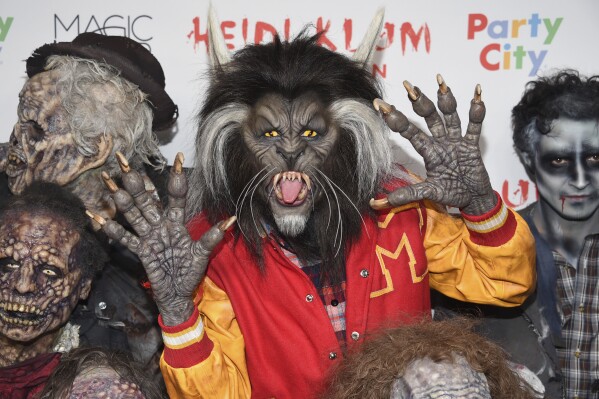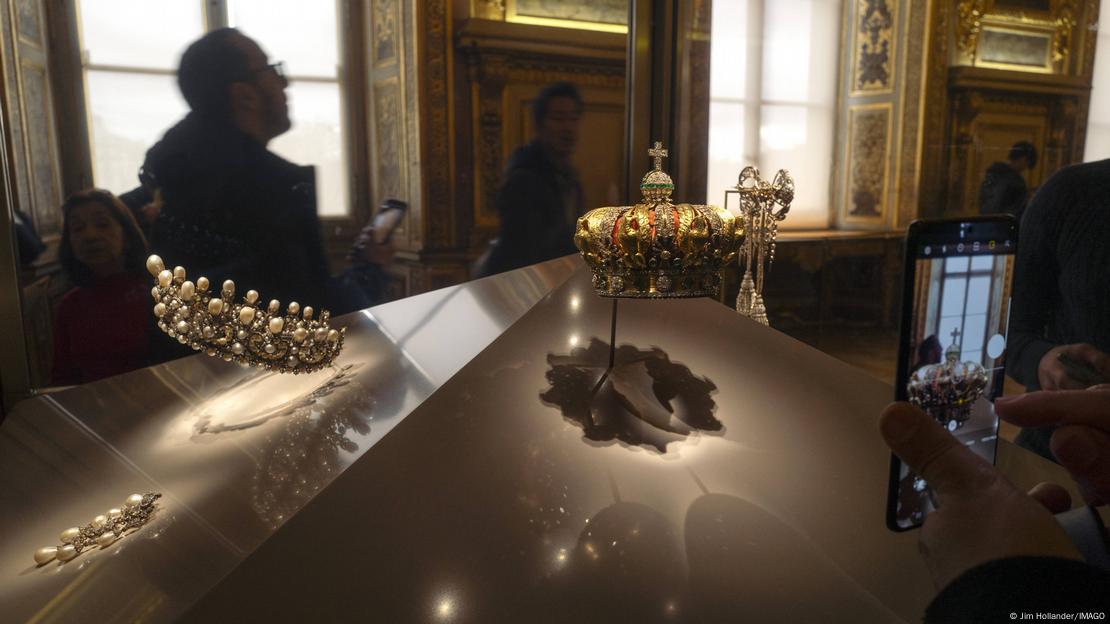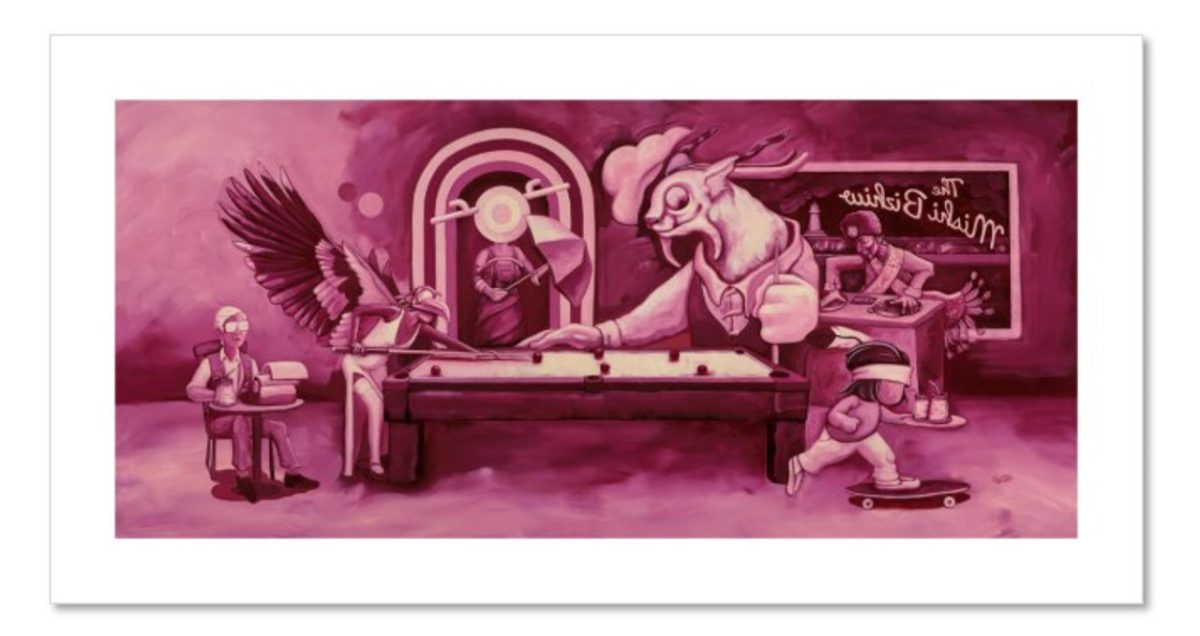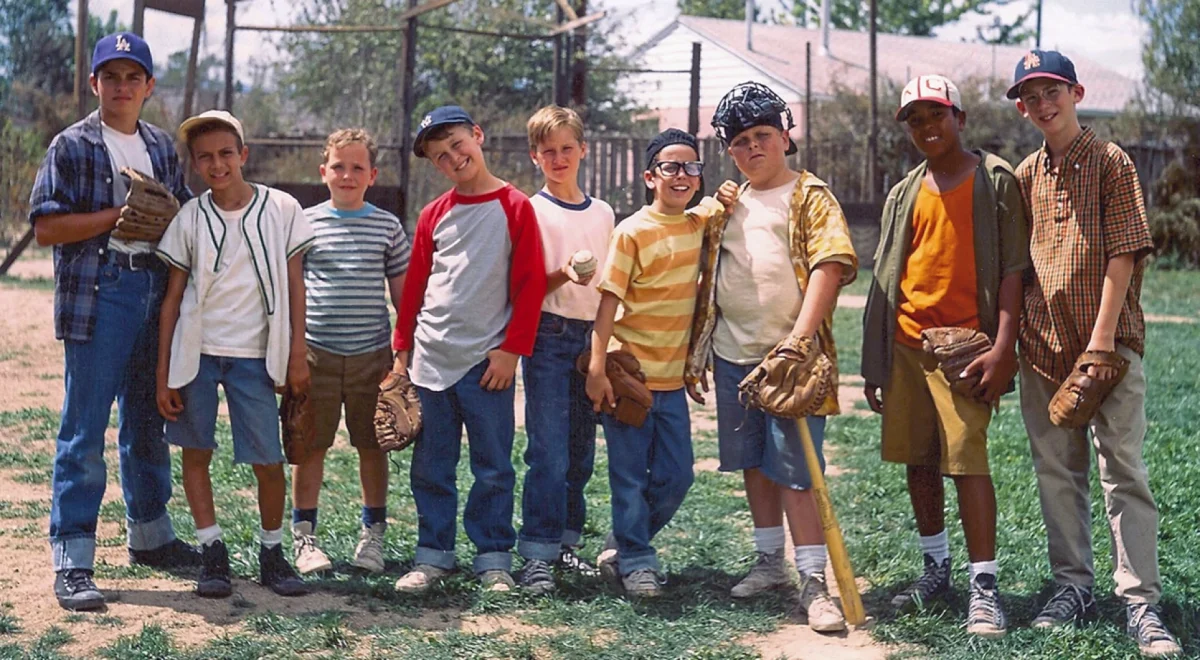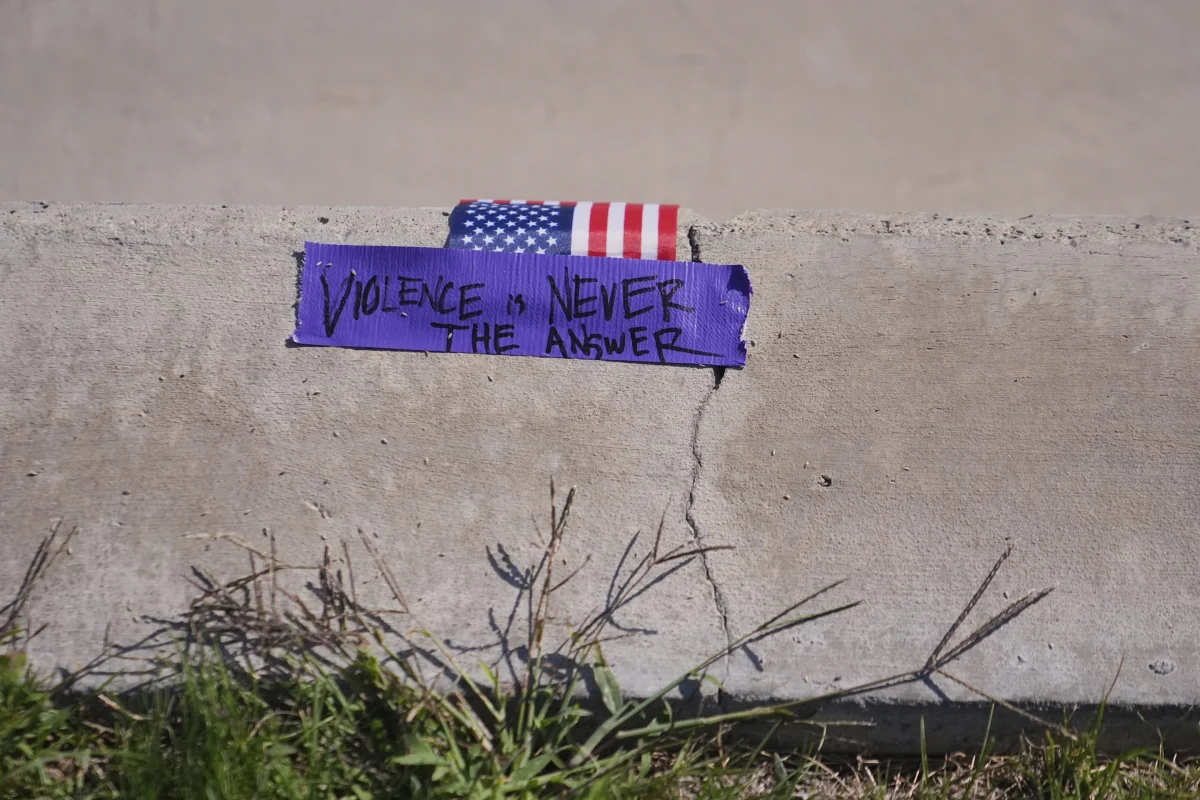The Riot Grrrl movement was an underground feminist punk scene that began in Seattle, Washington in 1991. It consisted of protests, art and zines that addressed issues such as gender inequality, body image and sexual harassment.
Music from this era was full of loud guitars, drums and liberating lyrics. The Riot Grrrl style consisted of ripped tights, babydoll dresses and anything else that allowed women to feel empowered in their femininity.
These small, intimate shows were turned into safe spaces where female musicians and music-lovers could come together to mosh, scream and vent their frustrations without worries of being heckled or pushed to the back of the venue.
The Riot Grrrl movement was also a response to the male-dominated presence in the alternative rock music scene. After the success of Nirvana’s album “Nevermind” in 1991, Seattle was exploding with the excitement of the subgenre grunge. Soon after, many underground grunge bands found their way alongside Nirvana to global success, such as Pearl Jam, Soundgarden and Alice in Chains.
Not only was there a lack of representation for women, but female-fronted bands were overlooked altogether. All-girl bands like Bikini Kill, L7, Hole and Babes in Toyland were focused on helping grunge and punk remain true to its roots, with a “do it yourself” attitude that fought against the commercialization of the genre.
The creators of this movement are known to be singer Kathleen Hanna and drummer Tobi Vail from Bikini Kill. Emerging during what was considered third-wave feminism, this movement was arguably ahead of its time.
Over thirty years later, where are the Riot Grrrl’s now?
Though it’s no longer an underground movement that’s limited to one demographic, the influence of this era persists. The evolution of Riot Grrrl has led us to “female rage” — referring to the powerlessness and frustration women feel from misogyny and inequality. This concept can be traced back to the 60s and 70s, however, the Riot Grrrl movement unmistakably encouraged the amplification of feminist resistance.
Female rage has found its place in all corners of the internet — especially Tik Tok and Instagram. It’s a much broader term that has been portrayed in literature, art and film. Movies like “Girl, Interrupted,” “Jennifer’s Body” and “Gone Girl” feature a woman in distress and are considered accurate modern portrayals of female rage.
Female rage music is no longer genre-specific and has been associated with artists such as Fiona Apple, Mitski, Olivia Rodrigo and Lana Del Rey. This phrase has quickly become mainstream and profitable, two things that Riot Grrrl’s rebelled against, and has become less of a movement and more of an aesthetic.
It’s important to remember how the Riot Grrrl’s helped pave the way for us to openly express our female rage. As a girl who plays guitar and loves rock music, I wish there were more female-fronted bands, and I’m nostalgic for an era that took place before I was born. I would love to see a Riot Grrrl movement that is both gender and race inclusive — a physical place full of female solidarity and empowerment — beyond the hashtags and trends.



